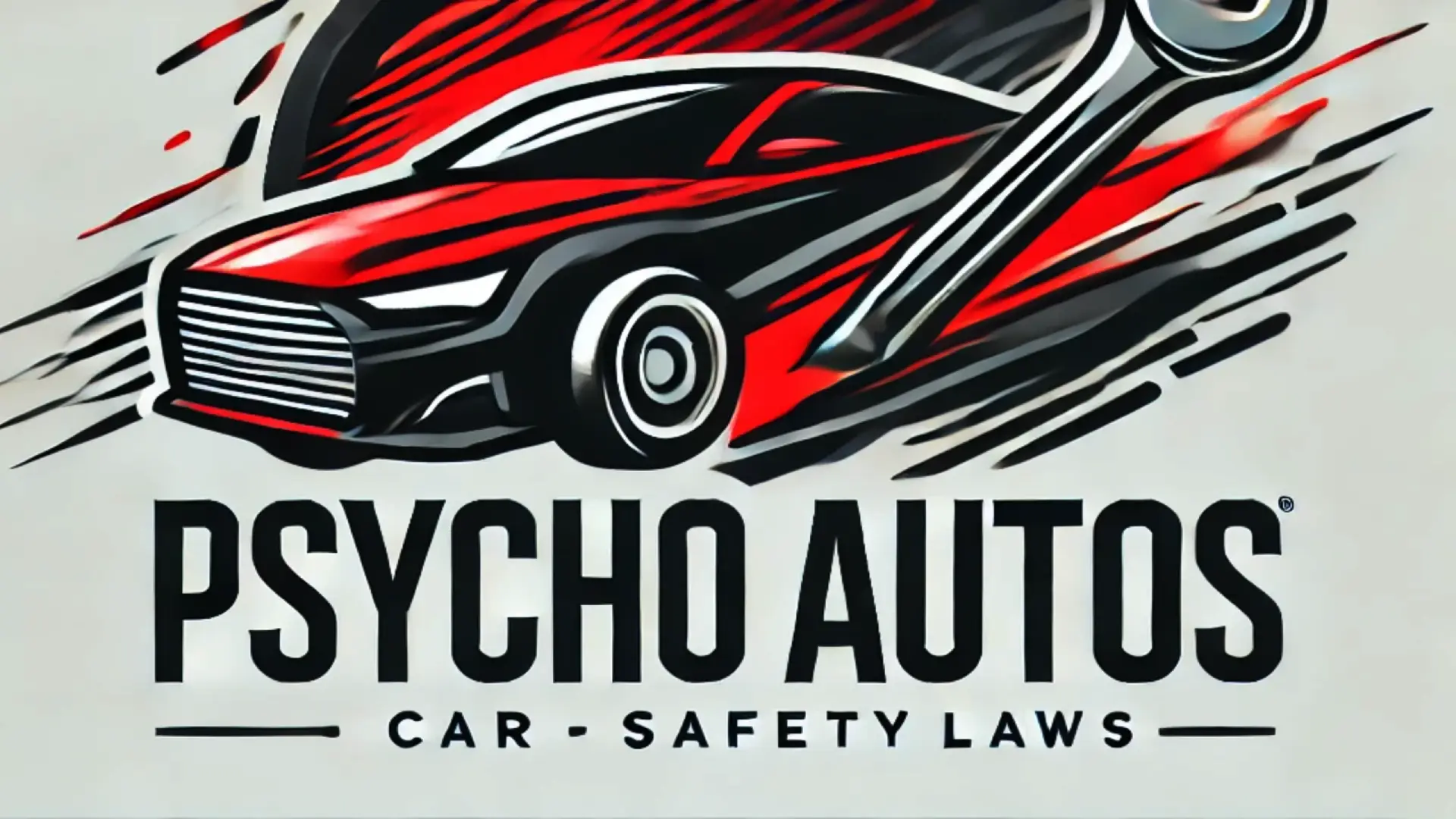The National Highway Traffic Safety Administration (NHTSA) recommends that all children ride in a booster seat from the time they outgrow their forward-facing car seat with a harness—usually around age 4 and 40 pounds—until they are big enough to use an adult seat belt safely. That means children should ride in a booster seat from 4 to 8 years old, or until they are 4’9” tall.
Most states have laws that require booster seats for children who have outgrown their car seats but are not yet big enough to use an adult seat belt safely. These laws are important because they help make sure children are properly restrained while riding in a vehicle.
Booster seats help to raise a child up so that the lap and shoulder seat belts fit properly. When used correctly, booster seats can reduce the risk of serious injury or death in a crash by 45% for children aged 4 to 8 years old.
So when did booster seats become law? Well, it depends on the state.
The first state to pass a law requiring booster seats for young children was California in 1985. Gradually rest of the states applied booster seat laws for child safety.
Why did these states enact booster seat laws? To improve child passenger safety, of course!
According to the NHTSA, “ Booster seats position a child so that the lap and shoulder belts fit properly. The shoulder belt should lie snugly across the middle of the chest and shoulder, not the neck or face. The lap belt should fit low and snugly across the hips and upper thighs, not the stomach.”
In other words, booster seats help to keep kids safe by making sure that they are properly restrained in the event of a car crash.
According to the Insurance Institute for Highway Safety (IIHS), “booster seats reduce the risk of serious injury by 45 percent for 4- to 8-year-olds compared with seat belts used alone.”
Type of Booster Seat and Safety Features
There are two types of booster seats: backless and high-back. Backless booster seats are less expensive and take up less space, but they provide less protection for the child’s head and neck in a crash. High-back booster seats are bigger and more expensive, but they provide better protection for the child’s head and neck.
Most experts agree that high-back booster seats are the best choice for children, but either type of booster seat is better than no booster seat at all.
If you are not sure if your child is ready for a booster seat, you can use the 5-Step Test to find out.
The 5-Step Test:
- Does the child sit all the way back against the car seat?
- Do the child’s knees bend at the edge of the seat?
- Does the seat belt fit snugly across the child’s hips and not the stomach?
- Is the shoulder belt positioned across the middle of the child’s chest and not the neck?
- Can the child stay seated like this for the entire trip?
If you answer “no” to any of these questions, your child is not ready to ride without a booster seat.
Remember, you are your child’s best advocate. Choose the safest option for your child, even if it means making a few extra trips to the store or taking a little more time to buckle them in. Your child’s safety is worth it.
